By Musa Kamara (PO’22)
The Eighth Amendment of the U.S. Constitution conveys three major provisions, one of which is perhaps one of the most recognizable constitutional tenets in popular culture. The Amendment guarantees protection from excessive bail, protection from fines, and – most notably– protection from cruel and unusual punishment. The idea of cruel and unusual punishment, especially what can be considered as such, has been the subject of a perennial constitutional debate. The issue has appeared in over 130 Supreme Court cases, the most recent of which, Bucklew v. Precythe, was decided only 10 days ago. Two more cases involving cruel and unusual punishment are currently pending at the Supreme Court. Recently, this issue has arisen again, this time in the form of a report issued by the Department of Justice’s (DOJ) Civil Rights Division concerning Alabama’s less than ideal prison conditions. Although the report does not currently involve litigation, its implications and influence play a significant role in advancing criminal justice reform and prisoners’ rights.
The report, addressed to Alabama Governor Kay Ivey on April 2, was the result of an investigation into the Alabama Department of Corrections (ADOC) that began in October 2016 under the Civil Rights of Institutionalized Persons Act (CRIPA). CRIPA, which was passed in 1980, establishes the rights of those in institutions run by states, including correctional facilities, pretrial detention facilities, mental health facilities, and juvenile facilities. The Act also allows the Civil Rights Division of the DOJ to investigate instances in which there may be violations of CRIPA’s established rights. In this case, the DOJ had reason to believe that ADOC was violating the Eighth Amendment rights of its inmates.
When a person is convicted of a crime and sent to prison, they are deprived of certain constitutional rights. Inmates lose the right to privacy guaranteed by the Constitution. They lose the right to protection from warrantless searches guaranteed under the Fourth Amendment. They lose the right to work for a minimum wage.
That said, prisoners also retain a number of their constitutional rights, among them the Eighth Amendment protection from cruel and unusual punishment. As established under 1977’s Newman v. State of Alabama, prison officials must provide “the basic necessities of life, which include reasonably adequate food, clothing, shelter, sanitation, and necessary medical attention.” Furthermore, as ruled under 1991’s Hudson v. McMillan, prison officials are restricted from “maliciously and sadistically” using force against inmates. So, despite the fact that prisoners are not privy to all of the rights they had pre-incarceration, they are not entirely unprotected by the Constitution. The existence of CRIPA and these court decisions serve as evidence.
Ultimately, the investigation into ADOC under CRIPA yielded evidence of numerous such violations. The report included accounts of prisoner violence, drug use, sexual assault, and death, as well as “evidence that some [correctional officers] are deliberately indifferent to the risk of harm” to inmates. Additionally, the report includes accounts and images of the deteriorating facilities in which prisoners reside. Overall, the Justice Department detailed a violation of the Eighth Amendment attributed to a failure “to protect [prisoners] from prisoner-on-prisoner violence, prisoner-on-prisoner sexual abuse, and by failing to provide safe conditions.”
Following a detailed overview of the violations in ADOC correctional facilities, the Justice Department includes a number of both immediate and long term measures that ADOC should take to address the issues of understaffing and overcrowding, violence, contraband, sexual abuse, and facilities. Some of the remedial measures included in the report are the hiring of hundreds more correctional officers, the assessment of all prison wardens, and the increase of security rounds.
One of the aforementioned issues, understaffing and overcrowding, likely sits at the root of ADOC’s issues. In 2016, when the investigation first began, National Public Radio published a story discussing overcrowding in Alabama’s correctional facilities. In the story, ADOC’s commissioner Jefferson Dunn detailed that “Alabama is the most overcrowded system in the country” and that “prisons are nearly at double capacity with staffing levels that are half what they should be.” In accordance with the report’s requests and an obvious necessity, the Alabama House of Representatives approved a $40 million increase in funding for the state’s prison system on April 10 at the request of Governor Ivey. Of that $40 million, $30 million will go towards both the hiring of more correctional officers and the increase in pay of correction officers in order to ensure that they remain in their jobs.
The passage of this increase in funding represents a potential for improvement in conditions for those incarcerated in ADOC, albeit one initiated by the threat of legal action. The issuance of the report signified the beginning of a 49 day period that Alabama has to begin to remedy the problems with its correctional facilities. After this period, if the DOJ found Alabama’s response unsatisfactory, a lawsuit would be initiated. Regardless of Alabama’s response, the mere existence of this DOJ report and any subsequent DOJ reports regarding prison treatment spells good news for criminal justice reform. The report coincides with a movement to increase the visibility of poor American prison conditions driven by groups like the American Civil Liberties Union and the Equal Justice Initiative and by recent bipartisan federal initiatives to curb issues like those present in Alabama.

